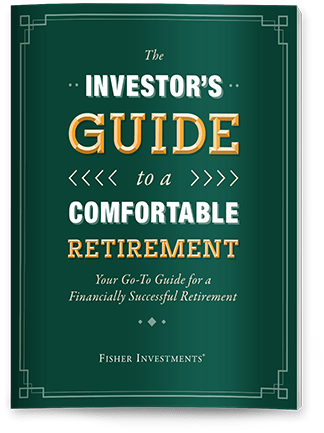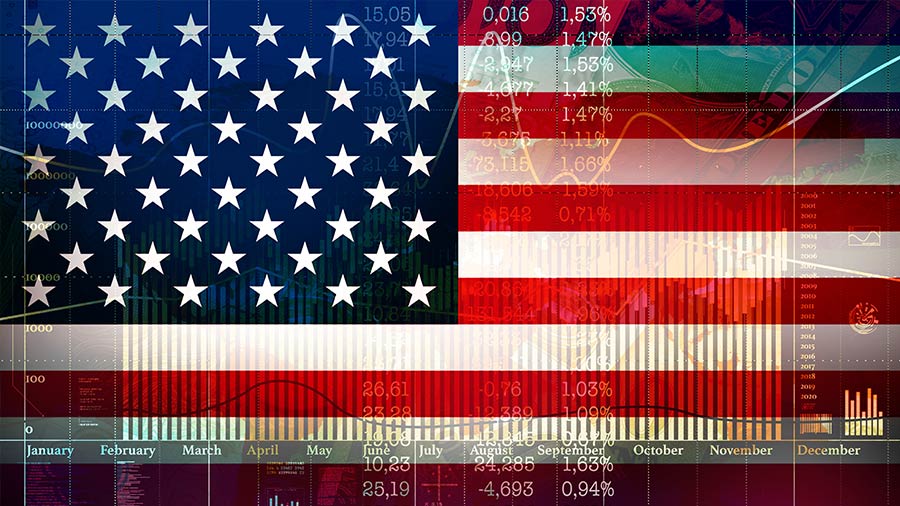A Rounded Approach to Retirement Income
However, there is more to retirement planning than just looking for how to generate the most income. It’s important to take a holistic approach. Consider what you want from your retirement, how you manage your finances, and the types of investments available to help you reach your goals.
Retirement Goals Drive Investing Strategy
Different goals require different ideas and strategies. Some investors want to maintain their current lifestyle throughout retirement. Others may want to leave a legacy, which requires a plan that can produce income well past retirement’s end. Defining what you want is the first step in being able to estimate an appropriate cost of living, which we believe is necessary when determining how much retirement income you need.
Remember, Expenses Can Change
Next, estimate how your costs may change immediately once you retire. For example, if you’re no longer commuting to work, you may spend less on gas. But, now that you have more free time, you might spend more on discretionary categories like travel. A few months after you’ve retired, look at your expenses again to see how accurate your estimates were and determine if any adjustments are necessary.
Ideally, you should have some room to spare after covering all of your expenses. That way, it could be easier to treat yourself while continuing to see your funds grow. However, it’s wise to continue checking your expenses relative to your investment plan so you can remain on track to achieve your long-term goals.
Anticipate Change: Retirement-Income Considerations
Retirement is a big adjustment and can look very different for everybody. Retirement-income planning should be flexible enough to anticipate potential changes in spending and lifestyle. Many factors can affect your retirement income, but there are some key items to consider:
Inflation
Ignoring inflation’s potential to erode spending power is one of the most common mistakes investors make. As prices increase, retirement income must also increase to maintain or grow your purchasing power over time. Inflation affects all forms of savings, especially investments providing static income streams.
Increased Medical Costs
Retirees can reasonably assume they will face more unplanned medical expenses as time goes on.
Historically, medical costs have risen faster than other categories, so it’s important to plan ahead. Additionally, many underestimate the burdening costs of long-term care, which can quickly drain retirement savings if you aren’t prepared.
Changing Interest Rates
Some investments, such as bonds, are heavily influenced by changing interest rates. If interest rates fall and you rely on income streams tied to interest rates, then you may find it difficult to secure the same level of income when you need to replace maturing securities.
You should conduct a review of your expenses at least once a year—or if a material change in circumstance like a health problem requires you to.
How You Save Impacts How You Can Spend
The type of accounts you use to save can have big impacts on your retirement income strategy. This is because various retirement savings accounts have different tax implications. Depending on your time horizon, cash flow needs and other factors impacting your tax situation, you may want to consider adjusting your strategy to better align with your retirement income goals.
Required Minimum Distributions (RMDs)
When considering individual retirement accounts, you should factor in required minimum distributions (RMDs), which are the minimum amounts you must withdraw each year.
Generally, you need to begin taking RMD withdrawals when you reach age 73. If you reached age 73 after December 31, 2023, you can wait until you turn 74. If you don’t withdraw a RMD, don’t withdraw the full amount, or don’t withdraw the RMD by the applicable deadline, you’ll likely face a 50% tax on the required amount you didn’t withdraw. RMDs on Roth IRAs aren’t required until the death of the account owner.3
This is an important factor to consider because it may have implications on what accounts you use to generate your income. Again, there are many complexities around both how these RMDs are calculated and what accounts they apply to, which can make it beneficial to work with both a professional tax advisor and money manager capable of guiding you through them.
Choose the Right Asset Allocation
The types of investments you hold can also impact your funds during retirement because they each have their own benefits and risks. We believe your asset allocation (mix of stocks, bonds, cash and other securities) is one of the most important investing choices you can make. Having the right asset allocation may ultimately make the difference between having the income you need to serve your retirement goals and running out when you need it most.
Bonds Have Risks, Too
If you’re a long-term investor, holding too much of your portfolio in bonds can leave you lacking the growth you need to reach your long-term goals. While bonds can be very useful for generating income, they may be less useful in helping your investment portfolio keep pace with rising costs of living.
The contents of this webpage should not be construed as tax advice. Please contact your tax professional.
1 IRC §72
2 Ibid.
3 https://www.irs.gov/retirement-plans/retirement-plan-and-ira-required-minimum-distributions-faqs


















